One sunny day in Oaxaca de Juárez, Mexico, a vehicle rolled into camp. It stood out from the crowd despite being surrounded by every shape and size of overland vehicle imaginable. The Fuso, bearing the license plate “I’m Gone,” drew us in with its charm and character. We had to say hello and find out more about this tall and attractive build.
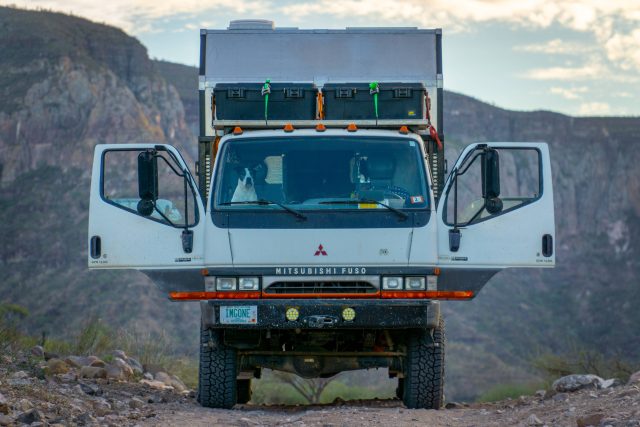
Kurt Williams is a creative individual who has always pursued an adventurous lifestyle. After completing art school, he worked in various jobs related to carpentry, metal fabrication, set building, and woodworking. Over the years, his love for travel never faded, and he often embarked on exciting journeys, including long-distance bike touring, rock climbing missions, and even hitchhiking across the USA.
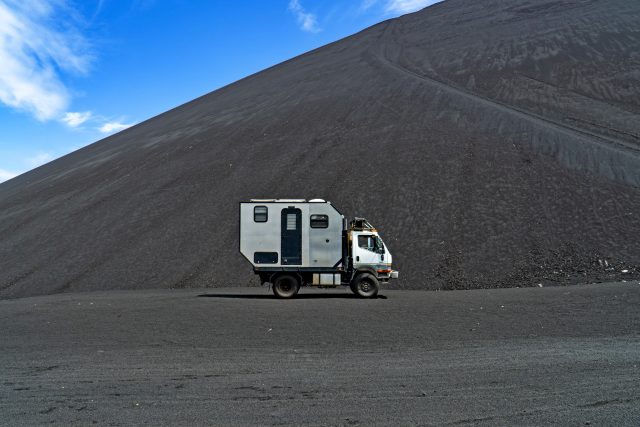
Kurt and his partner, Cate (a Canadian), eventually found themselves together, traveling in a 4Runner for a few years. In 2020, during the pandemic, Cate found herself trapped in Canada while Kurt was similarly stranded in the USA; in total, the couple was separated for 18 months! They realized they wanted a vehicle with more living space and better four-season travel capabilities than the Toyota. They wanted a home on wheels that would be strong, sturdy, and safe.
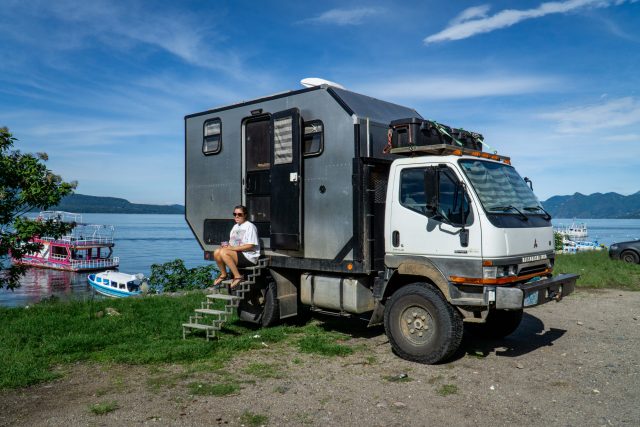
Not one to sit idle, Kurt seized the lockdown opportunity to turn his dream into reality. This vehicle was to be a significant investment of capital, capability, and creativity. It would be a project that would enrich their lives and offer the opportunity for the couple and their large, docile pooch to travel far overland and into the wild while retaining a degree of comfort.
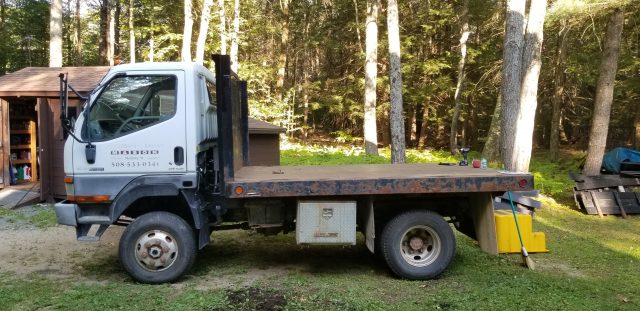
Though they suffered the limitation of a tight budget, they agreed a globally distributed vehicle that had widespread parts availability would be ideal. They wanted something compact but with a high load rating and heavy-duty leaf springs. It would need a simple diesel engine, a manual transmission, and manual locking hubs. Very few trucks meet these criteria, so they zeroed in on the Mitsubishi Fuso as not only did it check all the boxes, but it also has a cab-over design for excellent visibility. Finding the right 4WD Fuso in the US took work. After scouring the internet endlessly, they came across a potential winner that belonged to an organic farmer who used the truck daily. Mechanically, the Fuso was sound but had a fair amount of cancerous rust that had to be repaired and 80,000 hard-working miles on the clock. After careful consideration, they parted with $6,500, and the adventure was underway.
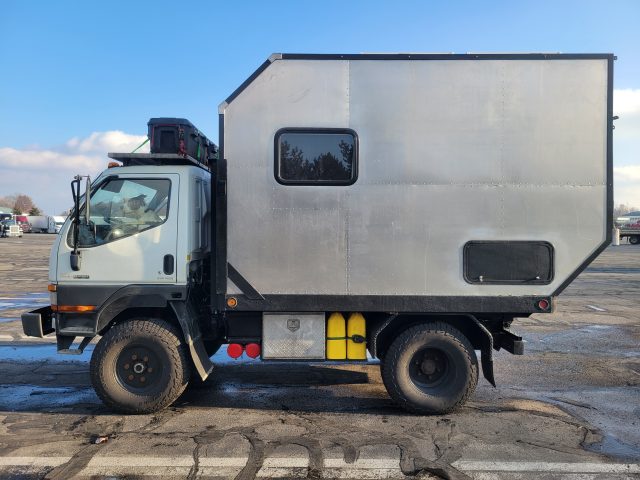
The build of the Fuso was inspired by several sources, including the excellent book Motorhome: Self Build and Optimization by Ulrich Dolde, online research, and builds they found on Expedition Portal. Designing a camper is the type of project which will keep you up at night, staring at the ceiling as options and ideas flash through your mind. Eventually, it all coalesced in a vision, and Kurt and Cate knew they would have to trust their instincts. The build ultimately evolved into an attractive contrast between an industrial, rugged interior and a soft, warm, and inviting interior. One thing that almost all DIY overland projects have in common is that they reflect the personality and character of the builders, a charm that few built-to-order vehicles can emulate.
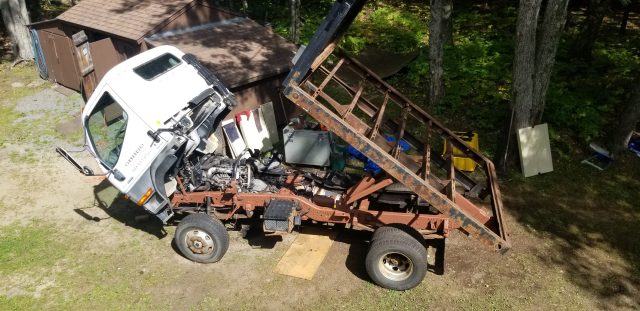
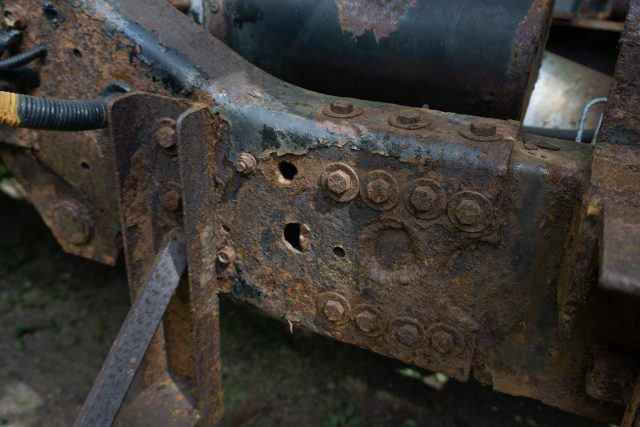
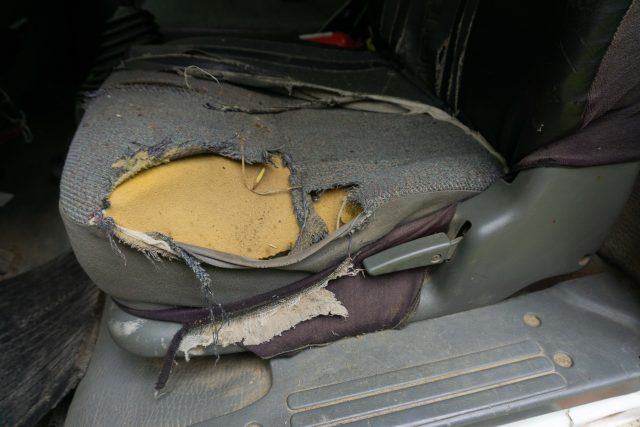

The process took 14 months of full-time work and restoration; even the cab had rust holes in the floor. The first four months were dedicated to patching the rot on the frame and restoring the exterior. The wheels were upgraded to “super singles,” as the Fuso was originally a dually. They installed adjustable Rancho HD shocks, rear airbags, and progressive Timbren bump stops to the original leaf-sprung suspension. The selectable 4WD high/low transfer case, manual five-speed transmission, and axles were all original, along with the engine, and none required significant repair.
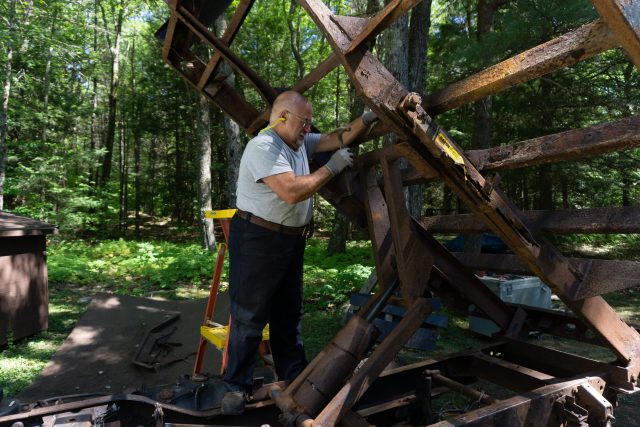
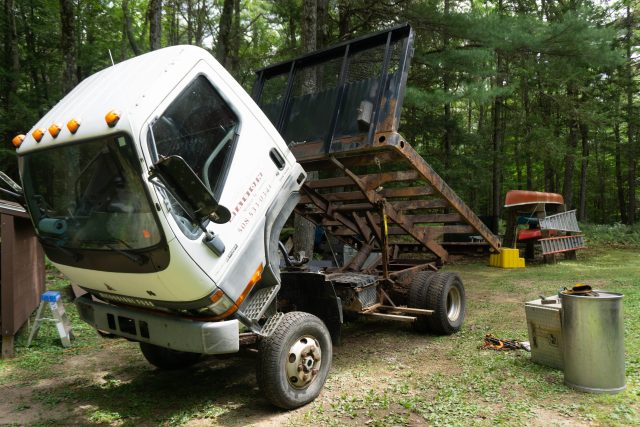

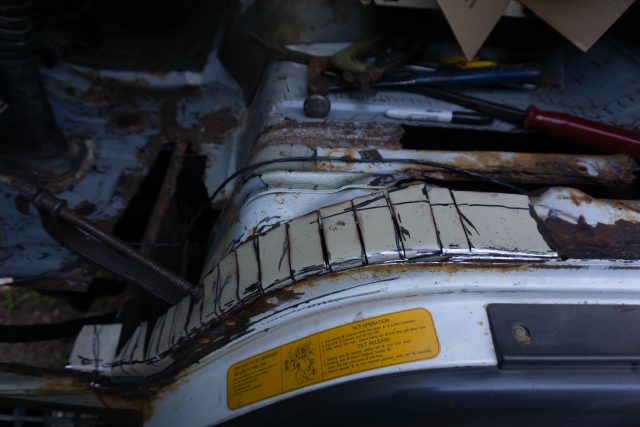


The camper itself demanded the most attention and was built using a 1.5-inch steel square tube frame and 18-gauge exterior aluminum skin, which was adhered using 3M high bond tape and SikaFlex adhesive to prevent galvanic corrosion between the steel and aluminum. All the wiring and electrical work were laid out before the interior panels were hung. The box was insulated with closed-cell foam panels. Kurt and Cate framed the interior using wood and a few steel components; a second layer was put on top of the substructure to eliminate thermal bridging. The electrical and solar work was a huge learning curve, but they gleaned everything they needed to know from sources such as Expedition Portal and YouTube.
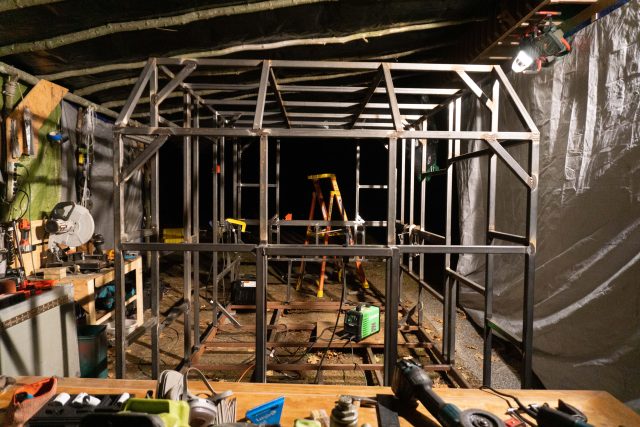
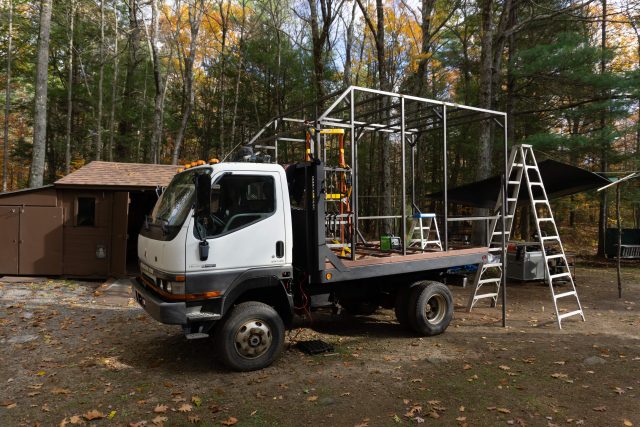

As with all builds, the process involved endless planning, layout, adjustments, and improvisations. However, Kurt had the advantage of a technical background which proved invaluable as those skills and an ability to re-purpose materials kept them within budget, almost. One of the biggest challenges was that they worked entirely outdoors in New Hampshire, despite nine months of horrid weather. Just keeping the tools dry was a full-time job. Kurt built most of the interior before they hit the road, but when the borders finally opened, they left home as quickly as possible to ensure they were moving before encountering more closures. Unfortunately, much remained to be completed, but they managed to continue building the interior as they went along. Kurt admits there is one major thing he would have done differently.
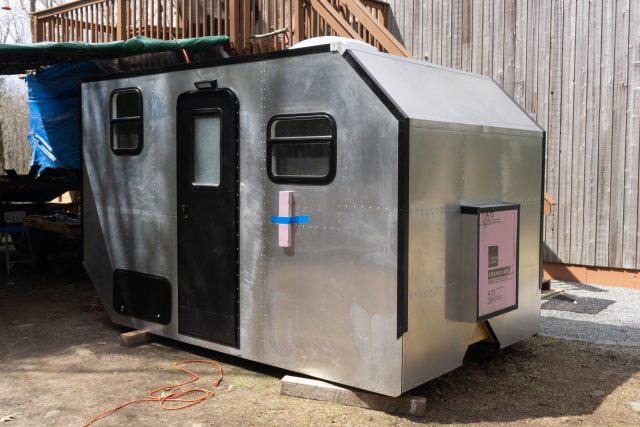

“The major thing [is] we would have built the box lower; less height always equals more access to off-the-beaten-track places without risking breaking something or using the chainsaw as often. This would also increase our driving comfort off-road. In certain off-camber scenarios, the lean of the truck can feel extreme, and we enjoy being off-road whenever possible.”
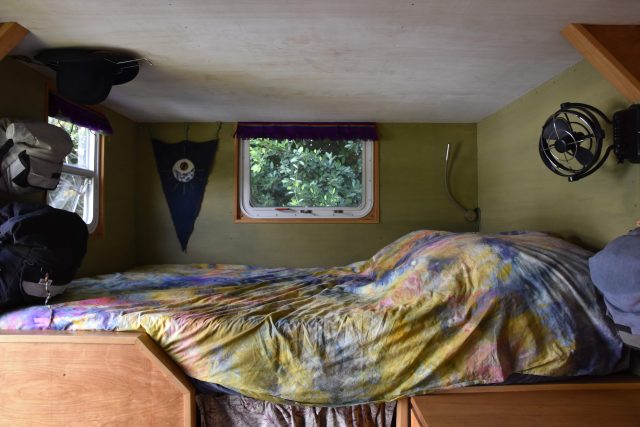
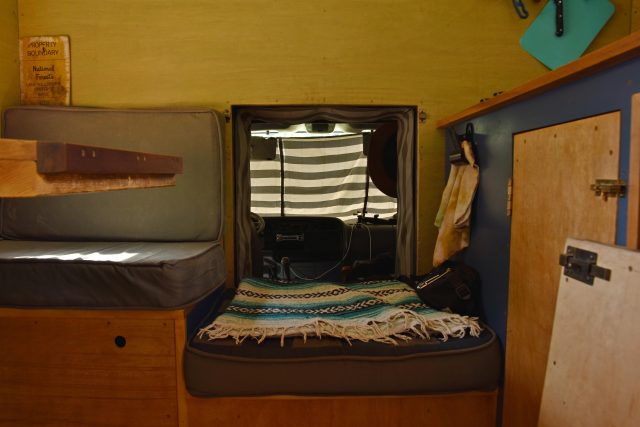
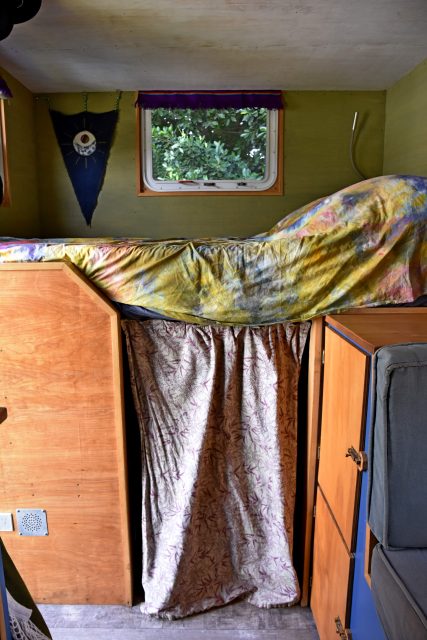
Transforming this Fuso into their home on wheels was challenging, but the final result was well worth it. Kurt and Cate have created a truly bespoke and functional rig that is near perfect for their adventurous lifestyle and, as it is self-made, can be repaired in the field. The big Mistubishi is inherently unique because it is 100 percent handmade using the skills the couple had or learned along the way.
Down the line, there will be some significant changes. Originally, the camper box was designed to be easily separated from the functioning dump bed so the truck and habitat could function independently. This also allows the box and truck to fit separately inside a high cube container for international shipping. However, they have decided this feature is not entirely practical or necessary, and RoRo (roll-on, roll-off) shipping will be a better option in the future. All told, the box and vehicle weigh only 5.9 tons, and the box itself weighs 7,716 pounds. Once the couple removes the steel and wooden base, the total weight will be reduced by at least 1,000 pounds and the height will also be significantly reduced, which should eliminate some body roll.
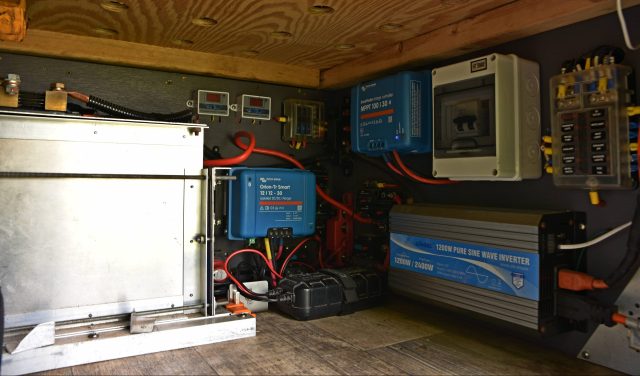
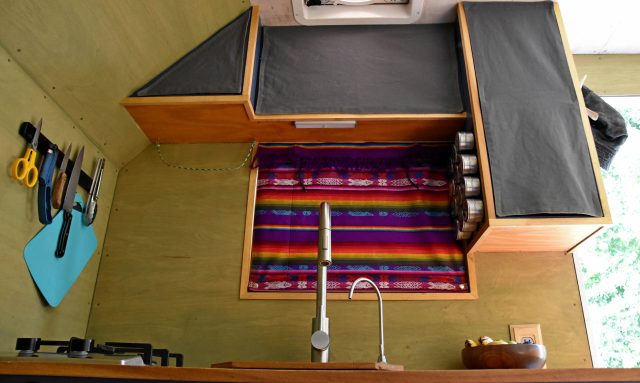
Other planned changes include adding an external water tank to the chassis to increase capacity, a folding and stowable bed to improve living and gear space, an upgrade to the front seats, and a much-needed repair to the air-conditioning system. The suspension will also be significantly upgraded, including modified leaf springs and new shocks.

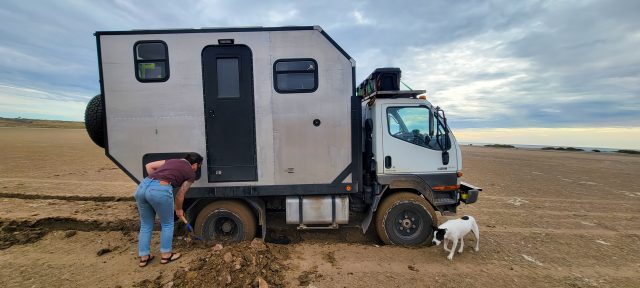
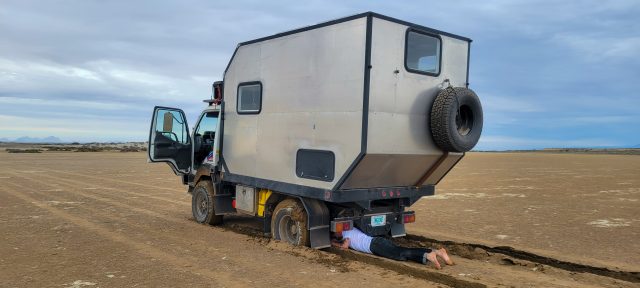
The vehicle has traveled to Mexico, Guatemala, El Salvador, Honduras, Nicaragua, Costa Rica, and back to the US over 18 months and 10,000 miles. If all goes to plan, the Fuso will be shipped to South America, followed by an exploration of Africa, Australia, and Asia!
To date, this beautiful vehicle cost $36,500 (including the original purchase price), which was a whopping (but not unexpected) $10,000 over budget.
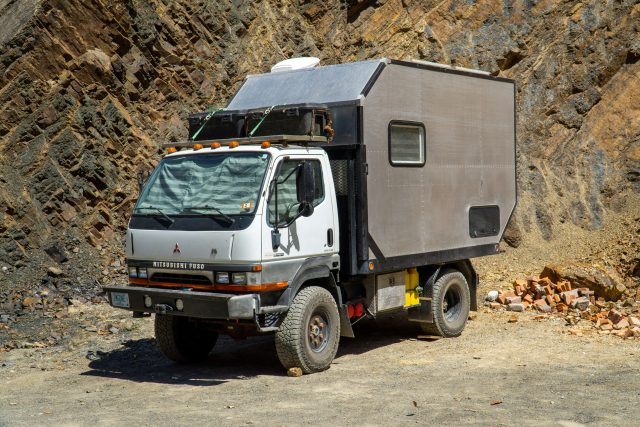
Specifications
FG649T
3.9-liter diesel
Wheels and Tires
- Custom steel super single rims,17 x 9 inches
- Falken Wild Peak A/T 37-inch tires with D load rating
Recovery and Armor
Sherpa 17,000-pound winch
Electrical Power
- Four hundred watts of solar, controlled by Victron solar charger and shunt monitored through Bluetooth app
- Inverter (1,200-watt) and 275-amp-hour battery, self-built using cells bought online
Accessories
Onboard 12-volt compressor with auxiliary air tanks, custom built
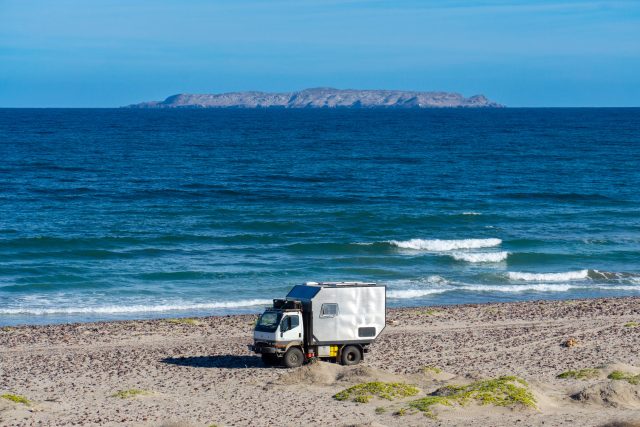
Our No Compromise Clause: We carefully screen all contributors to ensure they are independent and impartial. We never have and never will accept advertorial, and we do not allow advertising to influence our product or destination reviews.


